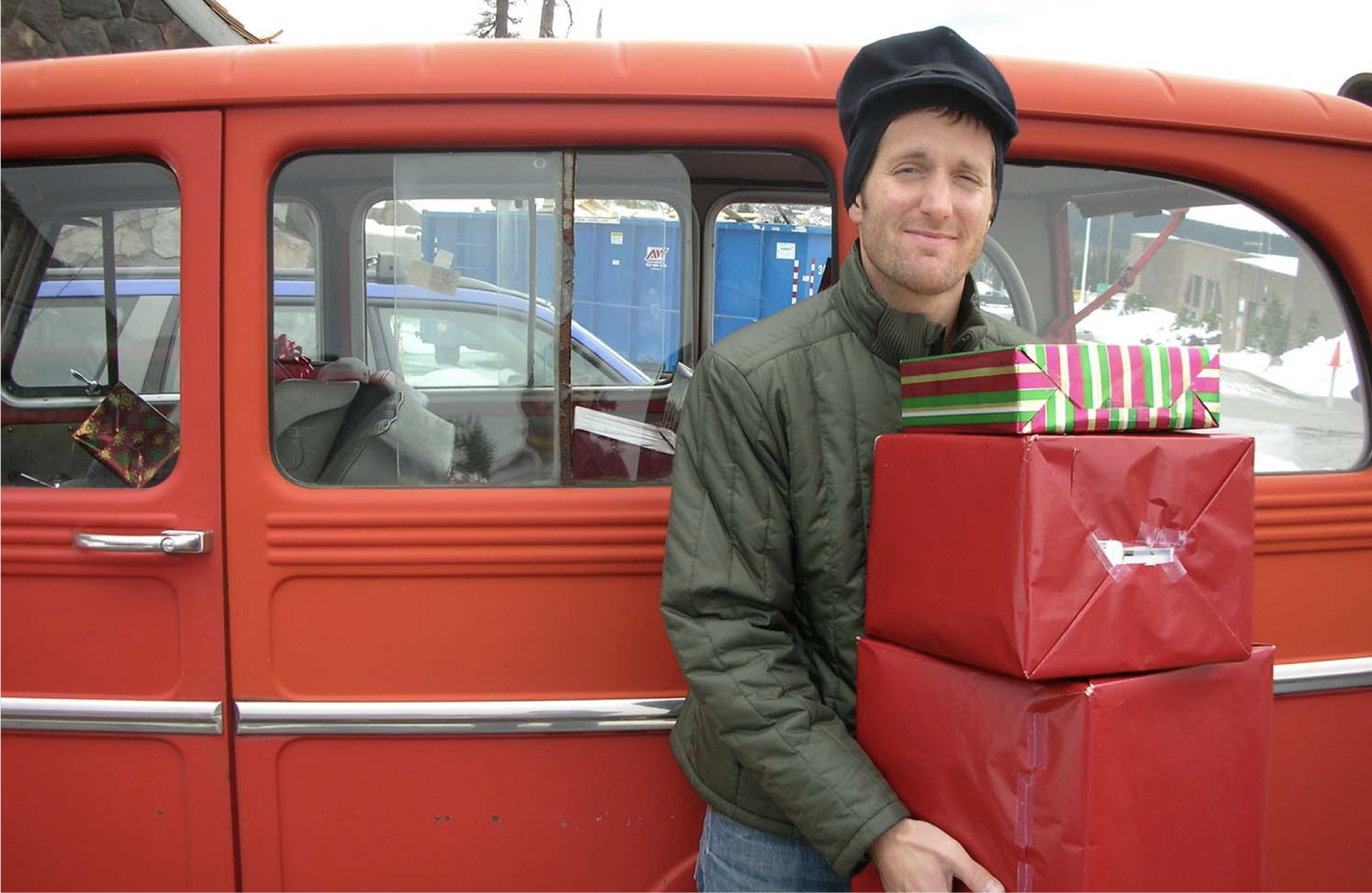How a Portland Art Director Preps for Commercial Shoots
Every shoot is different, but when it comes to preparation, my approach is consistent: plan deeply, adapt quickly, and stay aligned with the creative vision. As an art director based in Portland, I’ve developed a prep system that works across projects of all sizes—from brand campaigns to fast-turnaround commercial spots.
Here’s what that prep looks like, from my side of the production table:
1. Start with the Story
Before I build anything, I make sure I understand the emotional tone and visual goals of the spot. Is it aspirational? Intimate? Raw and real? That context helps guide everything—from the materials I source to the way I frame a space.
2. Location Drives Design
In Portland, you can go from gritty urban alleys to forest clearings in an hour. Once the location is locked (or even loosely considered), I build a design approach that works with the surroundings—not against them. That could mean matching color tones, using found textures, or creating contrast that makes the scene pop.
3. Moodboarding That’s Actually Useful
I create focused, working moodboards that balance aesthetics and practicality. That means visual inspiration plus real-world materials, layout ideas, and references that help the team align. My boards speak to both directors and fabricators, so the whole crew moves in sync.
4. Prepping the Build Team
Once the vision is clear, I map out what needs to be built, sourced, or rented. I work closely with local vendors and builders to spec materials, coordinate timelines, and make sure everything arrives ready to go. No surprises on the day-of.
5. Walkthroughs and What-Ifs
I walk the location in person and flag potential red flags—slopes, wind tunnels, tricky access points. Then I run through worst-case scenarios so we’re ready if weather hits, props fail, or schedules shift. Preparation isn’t about control—it’s about options.
If you’re planning a shoot and need an art director who brings both creativity and logistical clarity, let’s talk. I’ve built my process around real-world problem-solving and visuals that deliver.

